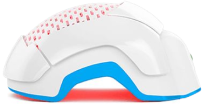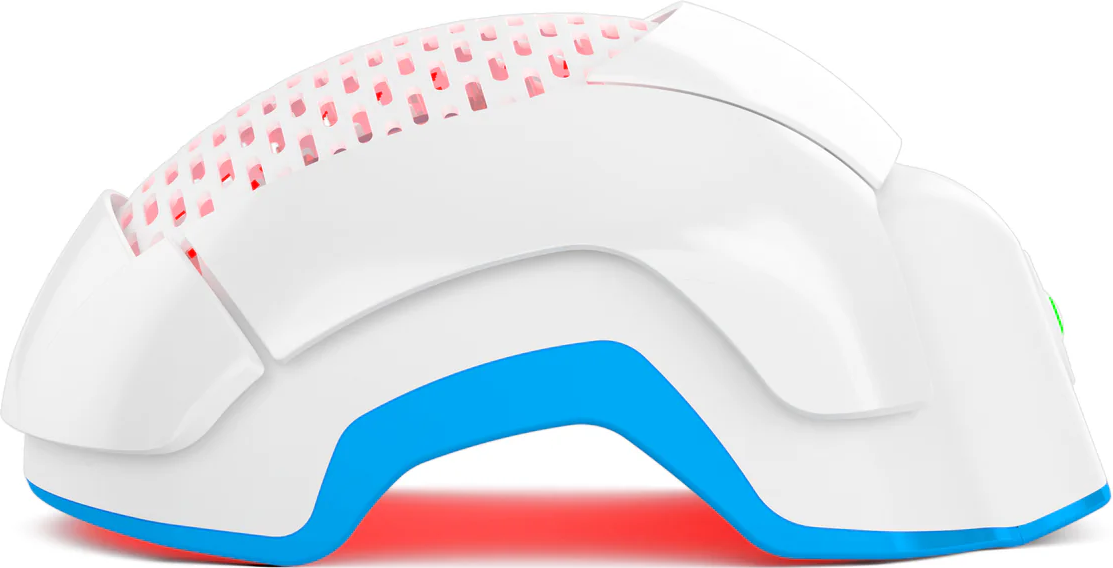Hair color remover promises a clean slate—strip out unwanted dye, reset your strands, and move on like nothing happened. Sounds harmless, right? Well, not really. If you’ve ever used one and ended up with dry, brittle, or weirdly porous hair, you already know the truth: not all removers are gentle, and some are downright aggressive.
The real question isn’t just does color remover damage hair—it’s how much damage are we talking about, and is it worth the risk? The answer depends on what’s inside that bottle, how often you use it, and whether your hair was already waving the white flag before you even started.
Here’s the deal: some removers break down dye molecules without touching your natural hair, while others strip more than just color, leaving your strands dry, fragile, and desperate for moisture. If you’re not careful, that "quick fix" could turn into a months-long battle to restore your hair’s health.
Let’s discuss how hair color removers work, the damage they can cause, and how to use them without wrecking your strands.
How Do Hair Color Removers Work?
Hair color removers aren’t magic—they’re chemical solutions designed to break down and remove artificial hair dye. But how they work depends on their formula.
-
Sulfur-based color removers: These are gentler and work by shrinking the artificial color molecules, allowing them to be washed out. They’re best for semi-permanent and permanent dyes, but they won’t touch your natural hair color.
-
Bleach-based removers: These lift both artificial and natural pigment, which means they can lighten your base color—but at the cost of dryness, porosity issues, and potential breakage.
While color removers can be a lifesaver in certain situations, they aren’t damage-proof. The way you use them matters just as much as the formula itself.
Does Hair Color Remover Damage Your Hair?
Yes—but only if you don’t know what you’re doing. Misuse of hair color removers can strip not just dye, but also moisture and essential proteins, leading to dryness, frizz, and breakage. The more aggressive the formula (bleach-based removers), the greater the risk.
That being said, when used correctly and sparingly, color removers can be less harsh than bleach—but that doesn’t mean they’re foolproof. If you’re thinking of going from dark brown to bleach blonde in your bathroom mirror, stop right there. Color correction is tricky business and best left to a professional. One wrong move, and you’re looking at fried, fragile hair that no amount of deep conditioner will save. It’s not just about whether color removers damage your hair—it’s about how much, and knowing when to hand it over to the pros.
Factors That Can Damage Your Hair with Hair Color Remover
1. Hair Type and Condition
Not all hair reacts the same way to color removers. Fine or previously bleached hair? You’re in risky territory. With thick, virgin hair, you’ve got more resilience—but that doesn’t mean you’re off the hook.
If your hair is already damaged, a color remover can push it over the edge. And if it’s curly or textured, be prepared for temporary changes in curl pattern due to moisture loss.
2. Frequency of Use
One application is probably fine. Repeated applications in a short time? That’s how you end up with a frizzy, weakened mess. Color removers work by altering hair’s chemical structure, and too much exposure leaves your strands fragile.
3. Application Technique
Applying too much product, leaving it on too long, or skipping a post-treatment rinse can all amplify damage. Overexposure weakens the cuticle, making hair more porous, dry, and prone to breakage.
4. Type of Products
Not all color removers are the same. Some contain harsh chemicals like ammonia or bleach, which strip more than just color. Choosing a gentler, sulfur-based formula is a safer bet if you want to preserve hair health.
How to Minimize Damage from Hair Color Removers
Choose the Right Product
Sulfur-based removers are the least damaging, while bleach-based formulas should be a last resort. Always read the ingredient list before committing.
Follow Instructions Carefully
If the directions say 20 minutes, don’t push it to 30 thinking it’ll work better—it won’t. Over-processing leads to unnecessary damage. And if you have any doubts about timing or technique, we strongly suggest consulting a professional colorist. It’s not worth risking long-term damage for a quick DIY fix.
Nourish Your Hair Post-Treatment
After removing color, deep conditioning isn’t optional—it’s mandatory. Hydrating masks, protein treatments, and leave-in conditioners help restore strength and moisture.
Avoid Overuse
If you need multiple sessions, space them out. Back-to-back treatments don’t give your hair time to recover, and that’s when breakage happens.
Professional Assistance
If you’re dealing with multiple layers of dark dye, uneven color, or just feeling unsure about the process, a professional colorist is your best bet. DIY fixes can only go so far before damage takes over. If you have any doubts, it’s always safer to err on the side of caution and consult a professional. The cost of a salon visit is far less than the time, money, and frustration of repairing severely damaged hair later.
Try Theradome Helmet if You’re Facing Hair Loss from Color Remover
If hair color remover has left your scalp feeling rough and your strands weaker, a laser phototherapy device like Theradome helmet can do more than just stimulate regrowth—it actively strengthens each hair strand and thickens the diameter of your hair. LPT technology is FDA-cleared and clinically proven to enhance blood circulation, reduce inflammation, and improve the strength and durability of your hair over time. Whether you're dealing with chemical-induced hair loss or just trying to rebuild resilience, Theradome offers two laser helmet models designed to deliver clinical-strength laser phototherapy from the comfort of your home. No drugs. No side effects. Just healthier, thicker, and stronger hair.
Conclusion
Hair color removers aren’t inherently bad—but how you use them determines whether your hair comes out intact or begging for help. Choosing the right formula, following instructions, and prioritizing aftercare are non-negotiable if you want to remove color without removing your hair’s health in the process. It’s important to read the label, whether you’re using color remover or hair toner, as they can damage your hair.
If your strands feel brittle, dry, or compromised after color removal, don’t panic. Hydration, protein treatments, and low-level laser therapy can help kickstart recovery and get your hair back to its best state. Color change doesn’t have to come at the cost of your hair’s health—if you do it right.






















